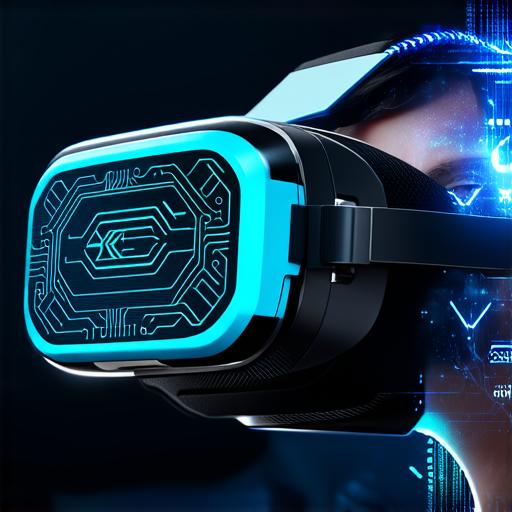What is Virtual Reality?
Virtual reality is a technology that creates a simulated environment that users can interact with in real-time. It’s a computer-generated world that uses sensors to track the user’s movements, allowing them to feel as if they are moving through a physical space. VR devices include headsets, gloves, and sensors that track the user’s body movement.
Virtual reality has been around for decades, but it’s only recently that the technology has become accessible and affordable enough for mainstream use. Today, VR is used in various industries, including gaming, education, therapy, and training.
How Does Virtual Reality Work?
Virtual reality works by creating a simulated environment that users can interact with in real-time. The technology uses sensors to track the user’s movements, allowing them to feel as if they are moving through a physical space.
When a user puts on a VR headset, it projects stereoscopic images into the user’s eyes. This creates an illusion of depth and distance, making the user feel as though they are in a physical space. The headset also includes sensors that track the user’s eye movement, allowing the system to adjust the image and create a more immersive experience.
Users can also wear gloves or other devices that track their hand movements. This allows them to interact with virtual objects in the simulated environment. For example, a user could grab a virtual object and move it around as if it were real.
Virtual reality also uses sound technology to create a more immersive experience. The system can project 3D audio that sounds as if it’s coming from specific locations in the virtual environment. This further enhances the sense of immersion and realism.
Benefits of Virtual Reality
Virtual reality has numerous benefits that make it an attractive technology for various industries. Here are some of the key benefits:
- Immersive Experience
- Cost-Effective
- Enhanced Learning
- Therapeutic Value
Case Studies of Virtual Reality in Action
Virtual reality has been used in various industries to achieve remarkable results. Here are some examples:
- Gaming Industry: Virtual reality has revolutionized the gaming industry, allowing users to experience immersive and interactive games like never before. For example, the Oculus Rift is a popular VR headset that allows users to play games in a virtual environment.
- Medical Training: Virtual reality is used for medical training to provide students with a realistic and safe environment to practice surgical procedures. The technology can simulate various scenarios, such as a cardiac arrest or a complex surgery, allowing students to hone their skills without risking patient lives.
- Military Training: Virtual reality is used for military training to simulate real-world scenarios, such as combat and reconnaissance missions. This allows soldiers to prepare for real-world situations and develop critical thinking and decision-making skills.
- Tourism Industry: Virtual reality is used in the tourism industry to allow users to experience travel destinations virtually. For example, the Google Expeditions app uses virtual reality to take users on a tour of famous landmarks and museums around the world.
FAQs
1. What types of VR devices are available?
There are various types of VR devices available, including headsets, gloves, sensors, and controllers. Popular VR devices include the Oculus Rift, HTC Vive, and PlayStation VR.
2. How do VR devices track user movements?
VR devices use various sensors to track user movements, including eye-tracking sensors, hand-tracking sensors, and motion sensors. These sensors work together to create a realistic and immersive experience.

3. What are the benefits of using VR for therapy?
Virtual reality has therapeutic value for patients with various conditions, including anxiety, depression, PTSD, and phobias. It provides a safe and controlled environment where patients can confront their fears and learn coping strategies.
4. How is VR used in the gaming industry?
Virtual reality is used in the gaming industry to create immersive and interactive games that allow users to experience virtual environments like never before.
Conclusion
Virtual reality is a technology that has the potential to revolutionize various industries, including gaming, education, therapy, and training. It provides an immersive experience that allows users to feel as though they are in a physical space. Virtual reality is a cost-effective solution for training and education, and it enhances learning by providing users with a more engaging and interactive experience. With the advancements in virtual reality technology, we can expect to see even more innovative uses of this technology in the future.
